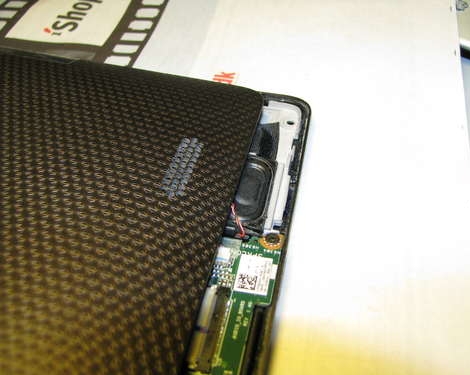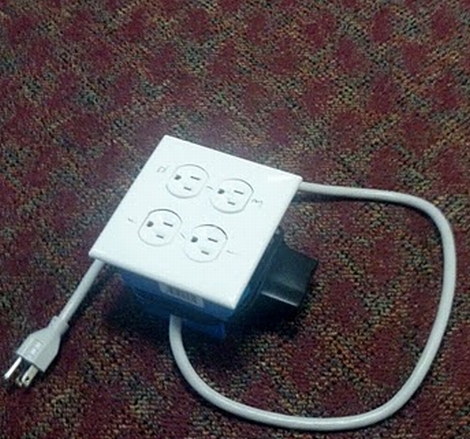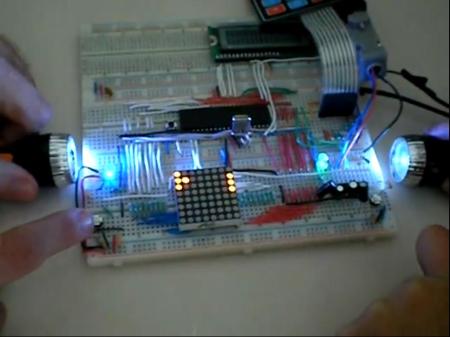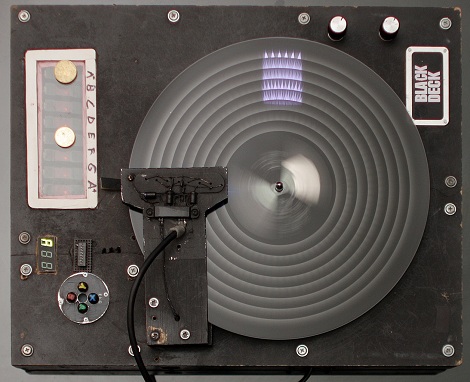
As devices get smaller and smaller, it becomes a bigger challenge for engineers to squeeze a product’s components into an ever shrinking footprint. [Bulgarien] certainly found this to be the case with his Asus Eee Pad Transformer. He was not impressed with the volume or clarity of the tablet’s audio, so he disassembled it to see if he could somehow improve its performance.
Once he got the Eee Pad apart, he noticed that the tiny speakers were mounted directly against the back of the tablet’s LCD screen, muffling the audio. He flipped the speaker over to face the back side of the tablet in hopes that it might improve the sound just a bit, but he didn’t think that was a sufficient solution. Using an old speaker as a template, he drilled through the Eee Pad’s case to create his own speaker grilles, lining the inside with a fine cloth to prevent dust from getting inside the case.
He says that the tablet’s audio is far clearer than it was originally, which makes this a pretty compelling modification for anyone that uses their Transformer on a daily basis.
















